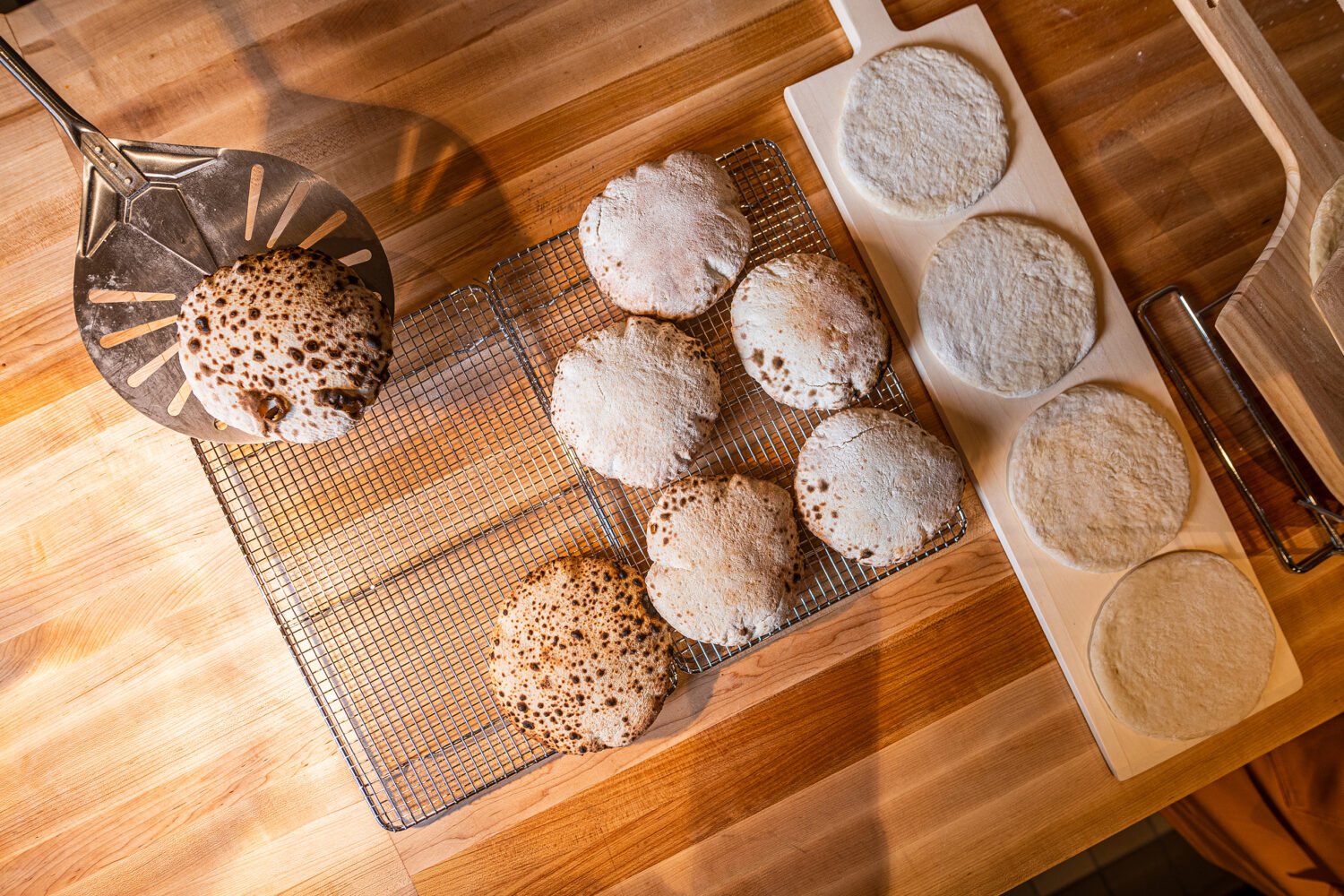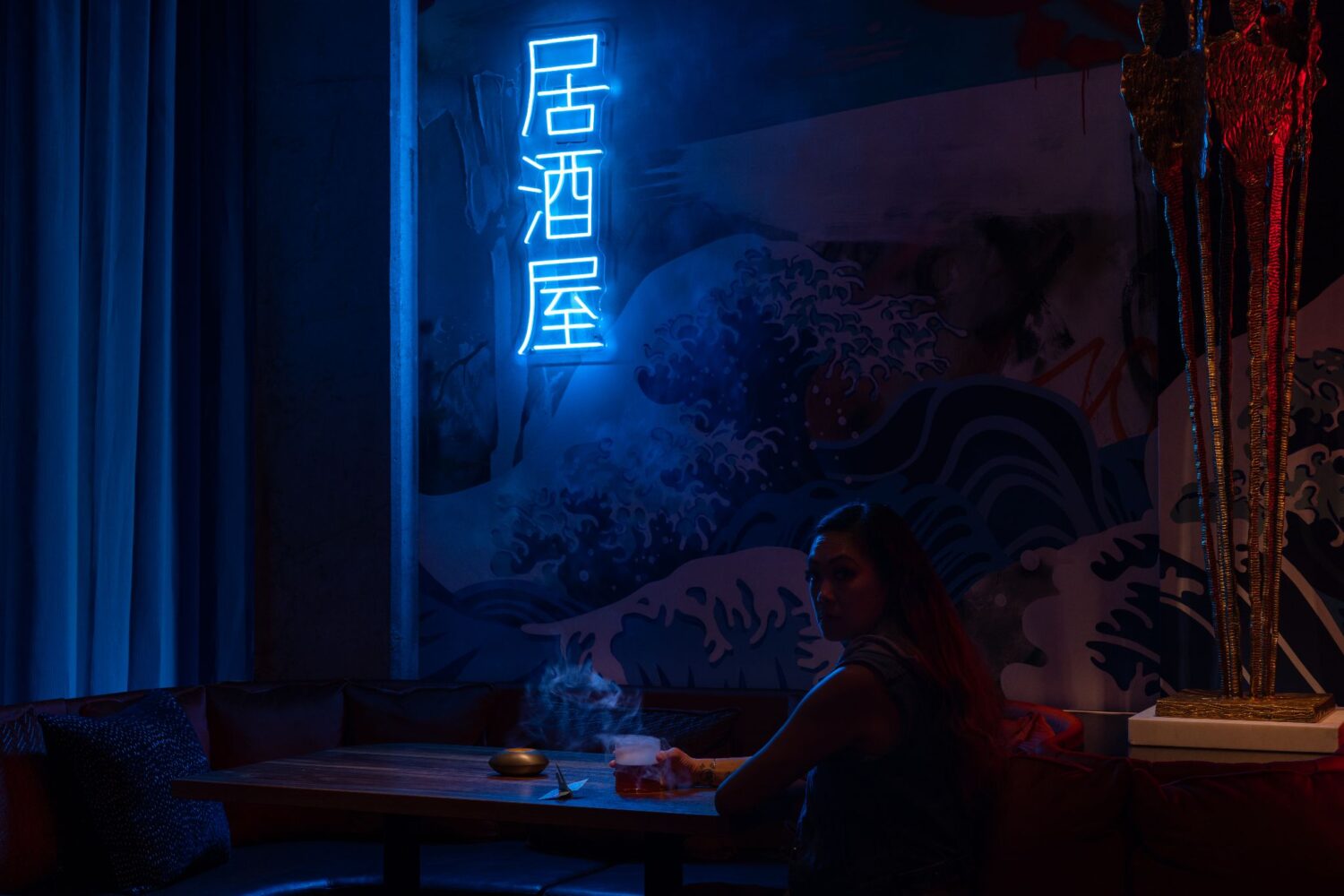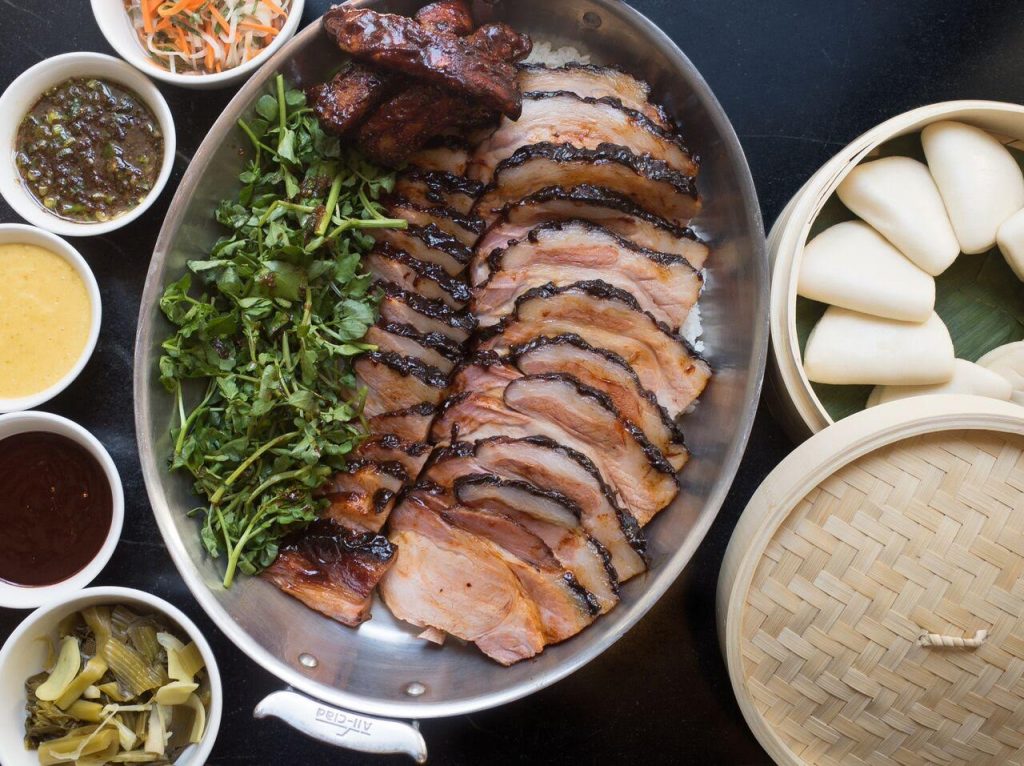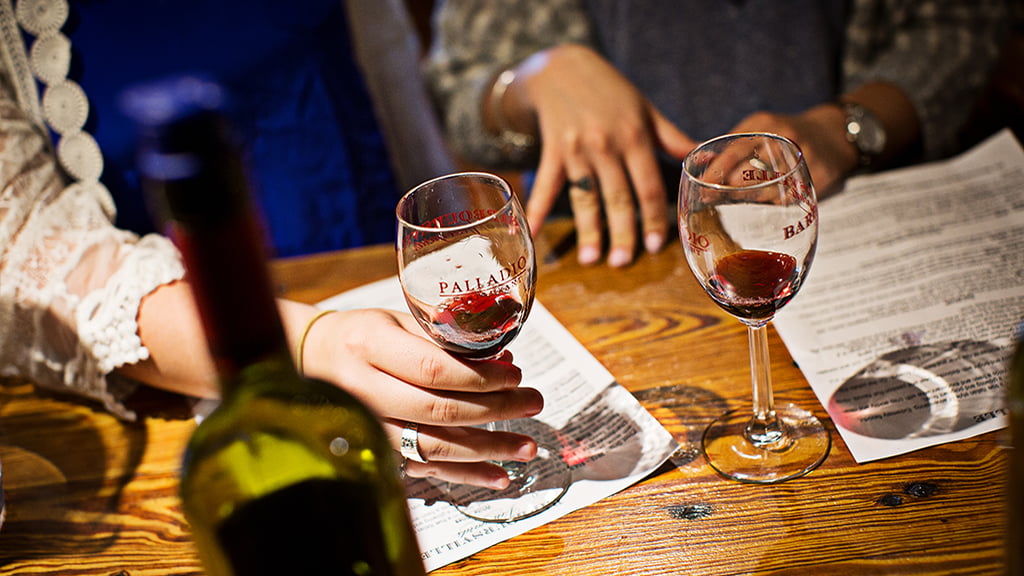By Dave McIntyre
Charlottesville, Va. — Can the “first colony” impress the mother country with its wine? That was the question Monday, when nine wine experts met at White Hall Vineyards west of Charlottesville to taste 100 Virginia wines and select some to present this Spring in London as part of the Jamestown 400 anniversary celebration.
Virginia styles itself “First in Wine,” since the original Jamestown settlers made wine from native grapes in 1608. Male colonists were required by law to plant grape vines as part of their crops. Today, winemakers are hoping their European-styled wines can impress a potentially skeptical British wine trade that equates “American” wine with “Californian.”
The judges — including three winemakers, three retailers, a restaurant wine buyer, a distributor and one wine critic (yours truly) — evaluated the wines for the quality of winemaking and whether they would show Virginia in a favorable light as a wine region.
“Our goal is to select and showcase the finest Virginia wines on the world stage in London,” said Richard Leahy, an editor with Vineyard and Winery Management magazine and the organizer of Monday’s tasting.
Virginia’s wine industry has experienced dramatic growth over the past decade, with more than 120 wineries now in operation. The organizers of the London tasting – to be held for media and trade at the Vinopolis wine expo center on May 2 – are not so much looking to crack the British market as to generate publicity and added buzz about Virginia wines back here at home – especially in the DC market.
The Virginia Wine Experience in London was sponsored by six wineries – White Hall, Veritas, Kluge Estate, Williamsburg Winery, Pearmund Cellars and Keswick – and underwritten by Farm Credit of Virginia. More than 30 wineries submitted the 100 wines for consideration.
Final results of the tasting will be posted later this week at Vawineinlondon.com. But from my personal observations, the Meritage category showed strongest. These red wines, blended from the Bordeaux grape varieties of Cabernet Sauvignon, Merlot, Cabernet Franc, Malbec and Petit Verdot, were consistently strong. (Vintages ranged from 2002 through 2005, though very few 2003’s were submitted, since that was an extremely rainy and difficult vintage in Virginia.)
The quality of these wines shows Virginia’s progress in making top-quality wines. A few of the wines eliminated showed the old Virginia style – aromas of rubber hose, asphalt and vinegar, with flavors of stewed tomatoes. “That’s what we were making ten years ago,” noted Bruce Zoecklin, Virginia Tech’s enologist, who assisted at the tasting. But these winners should help establish Virginia’s reputation as a quality wine-producing region.
Dave McIntyre is a food and wine writer whose work has appeared in Wine Enthusiast, the San Francisco Chronicle's Wine section, WineReviewOnline, The Wine Report, Washington Life, Decanter.com, Touring & Tasting, WineToday.com, and The Washington Post. His website is Dmwineline.com.

















